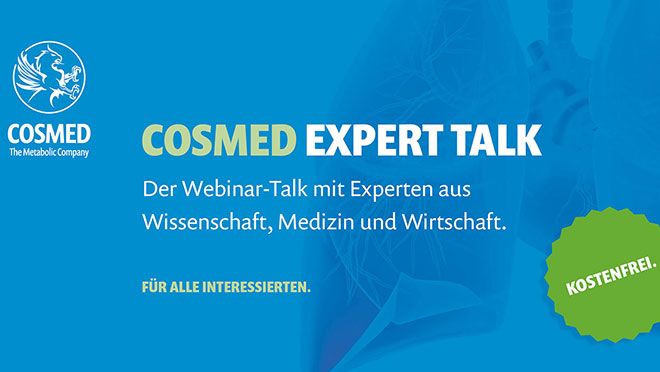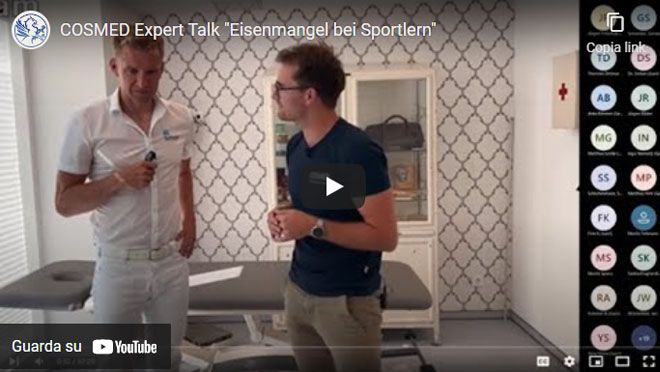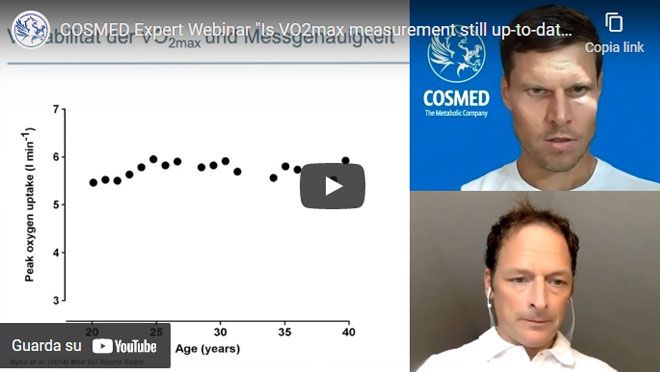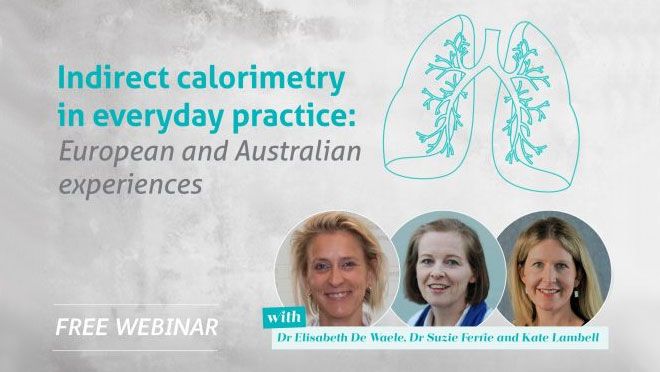
Im nächsten EXPERT TALK mit COSMED CSO und Sportwissenschaftler Sebastian Händel steht Dr. Alberto Schek Rede und Antwort zum Thema „Sehnenverletzungen im Freizeit-/Leistungssport - Diagnostik & Therapie". [ GERMAN language ] Event details 23/3/2023 | 17:00 - 18:00 Sign Up Click on the button below to register: Hier Anmelden About the speakers: Dr. med....










